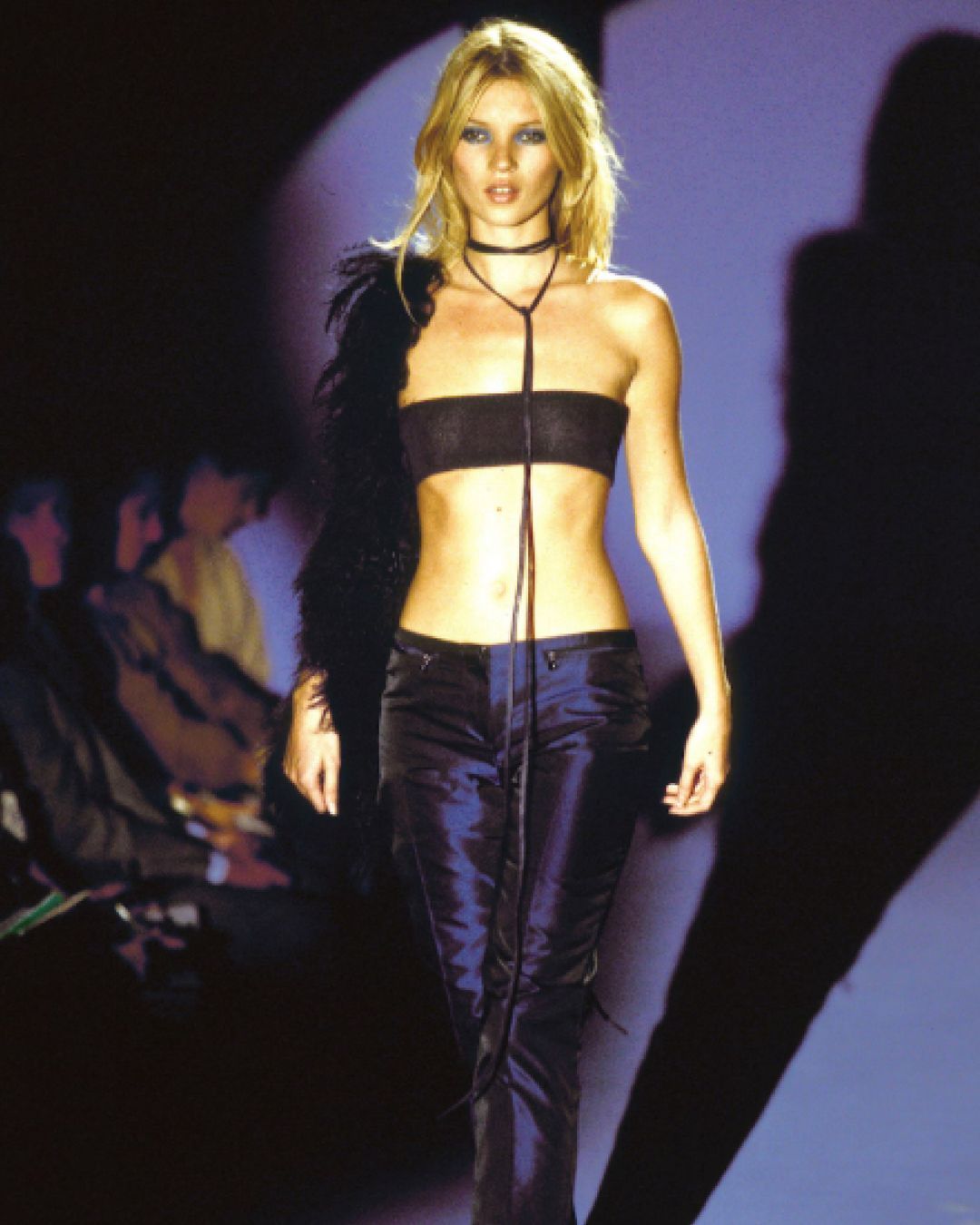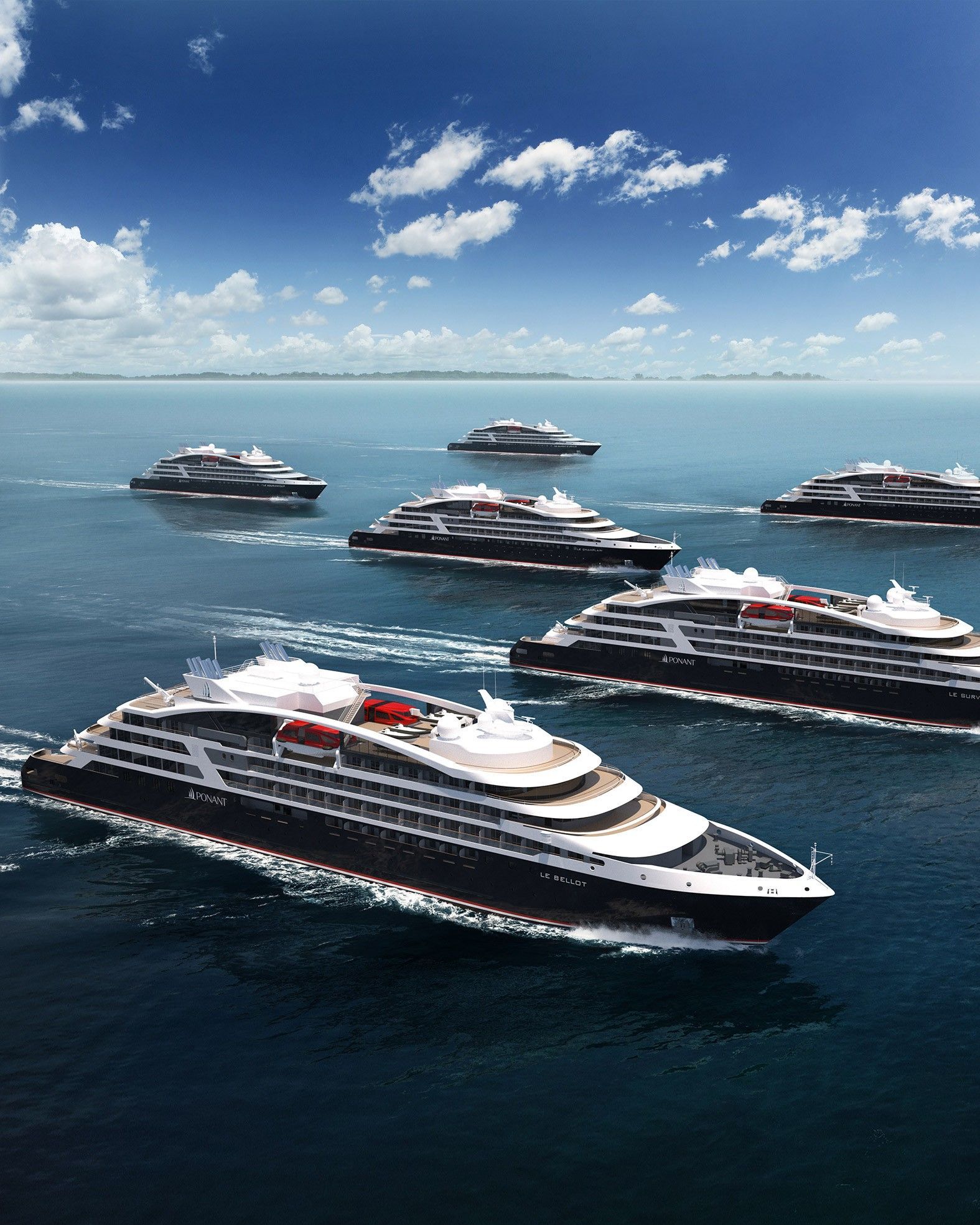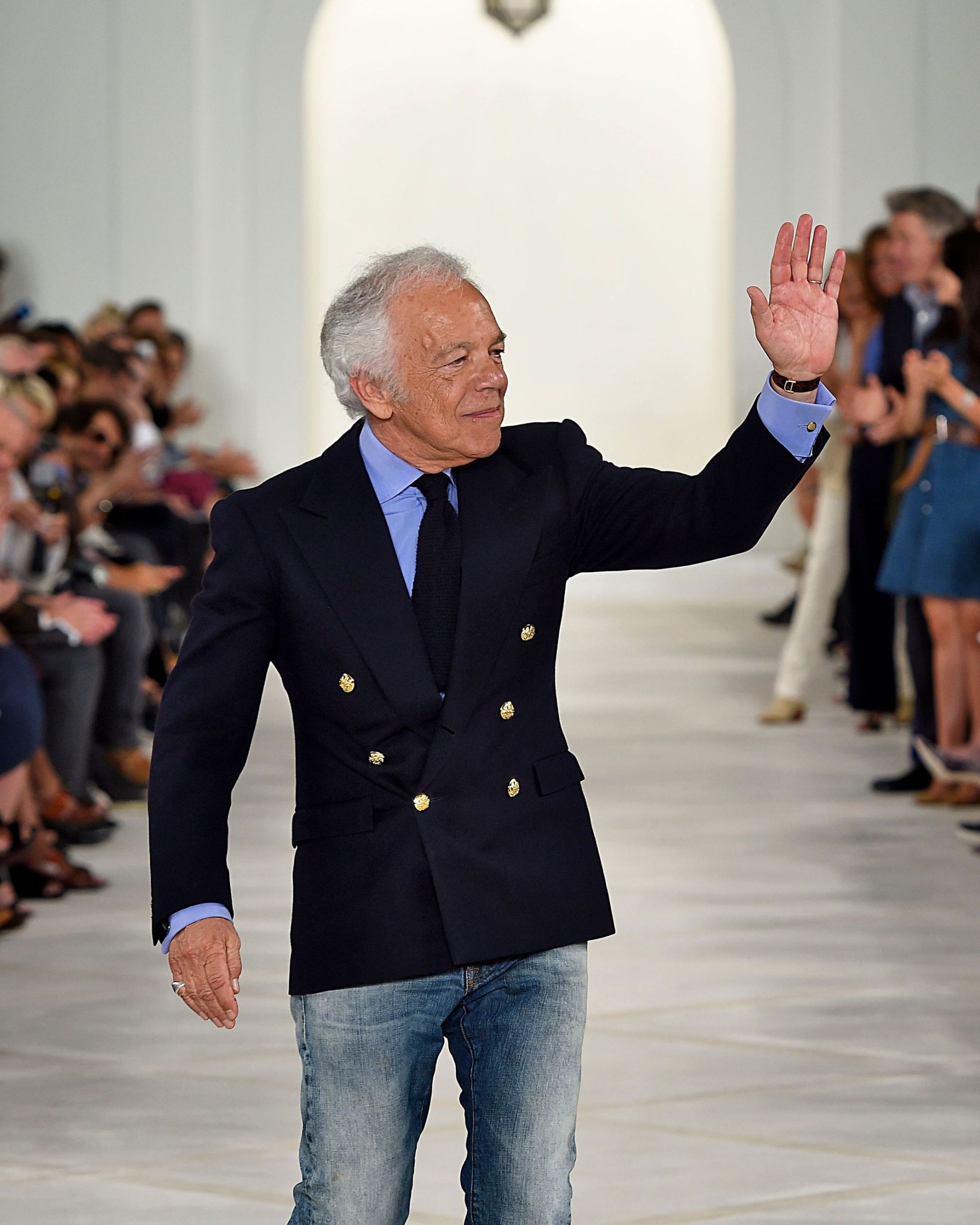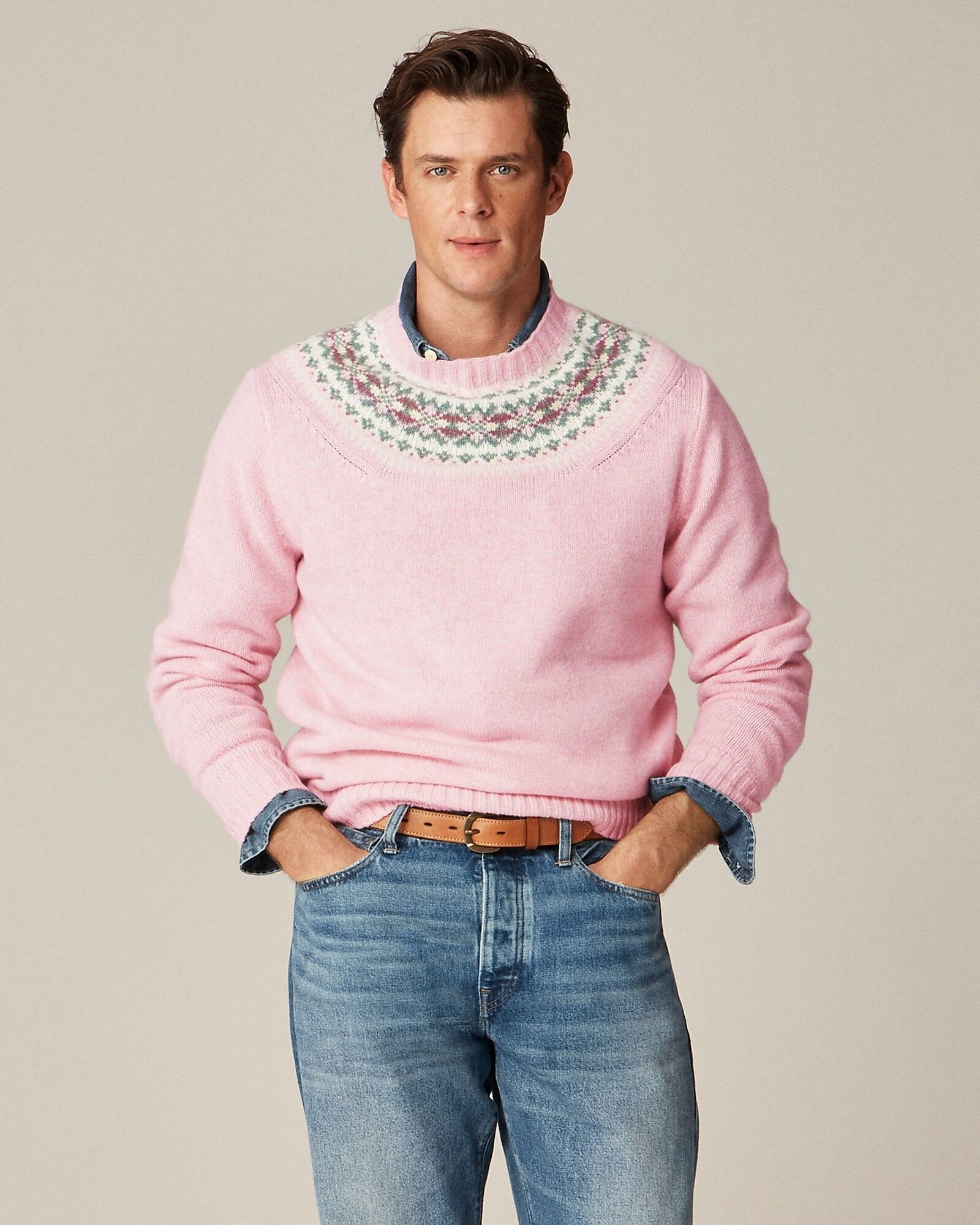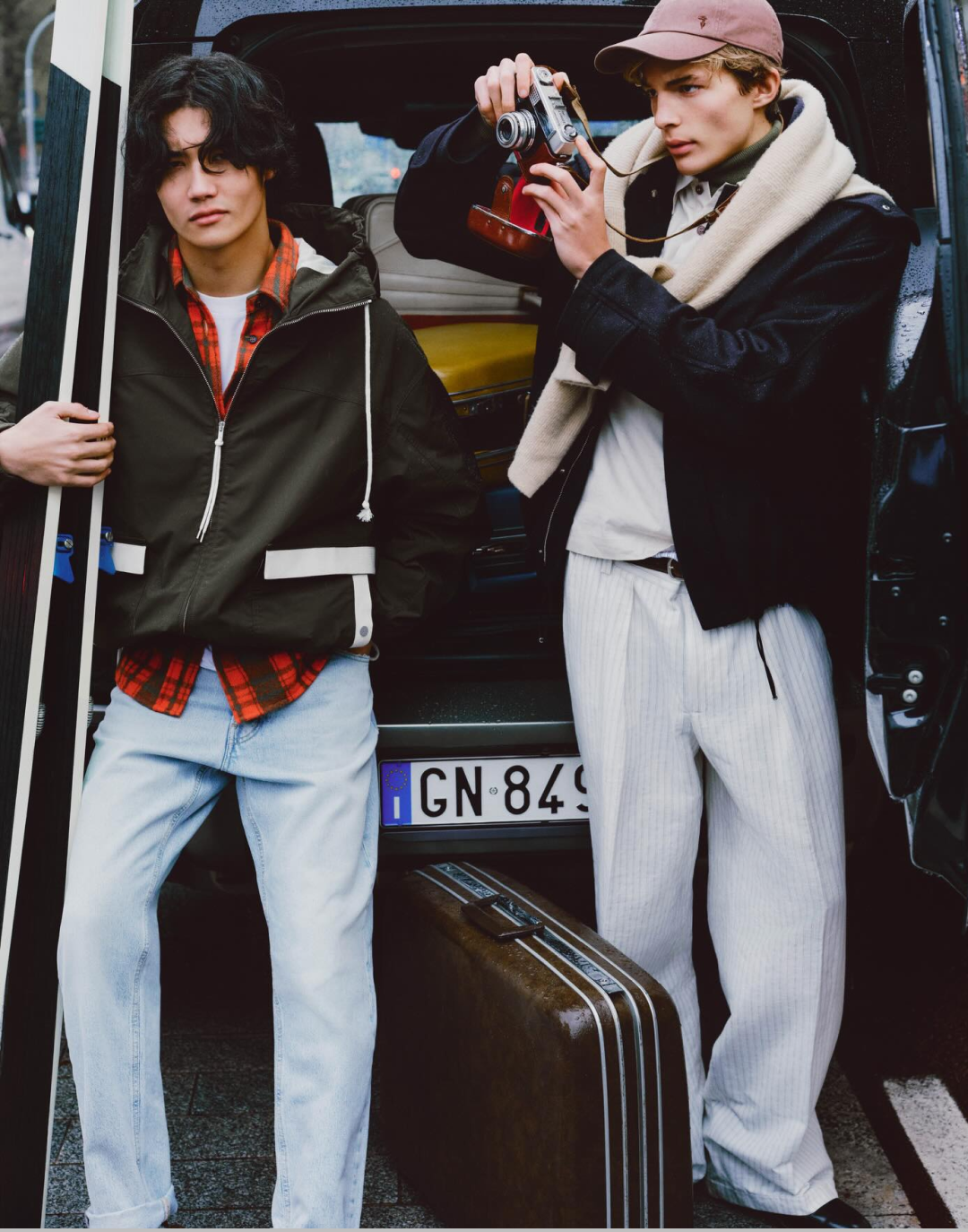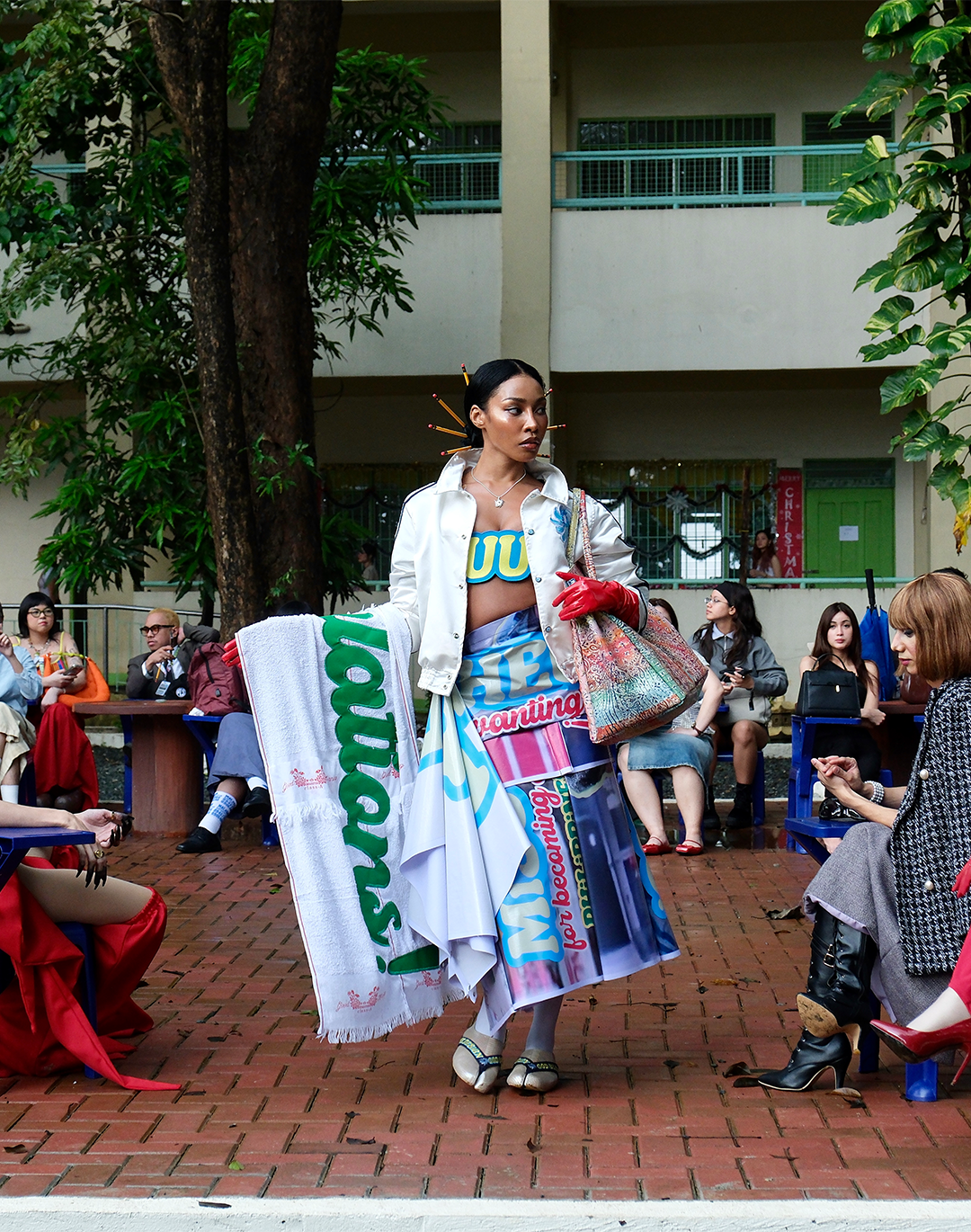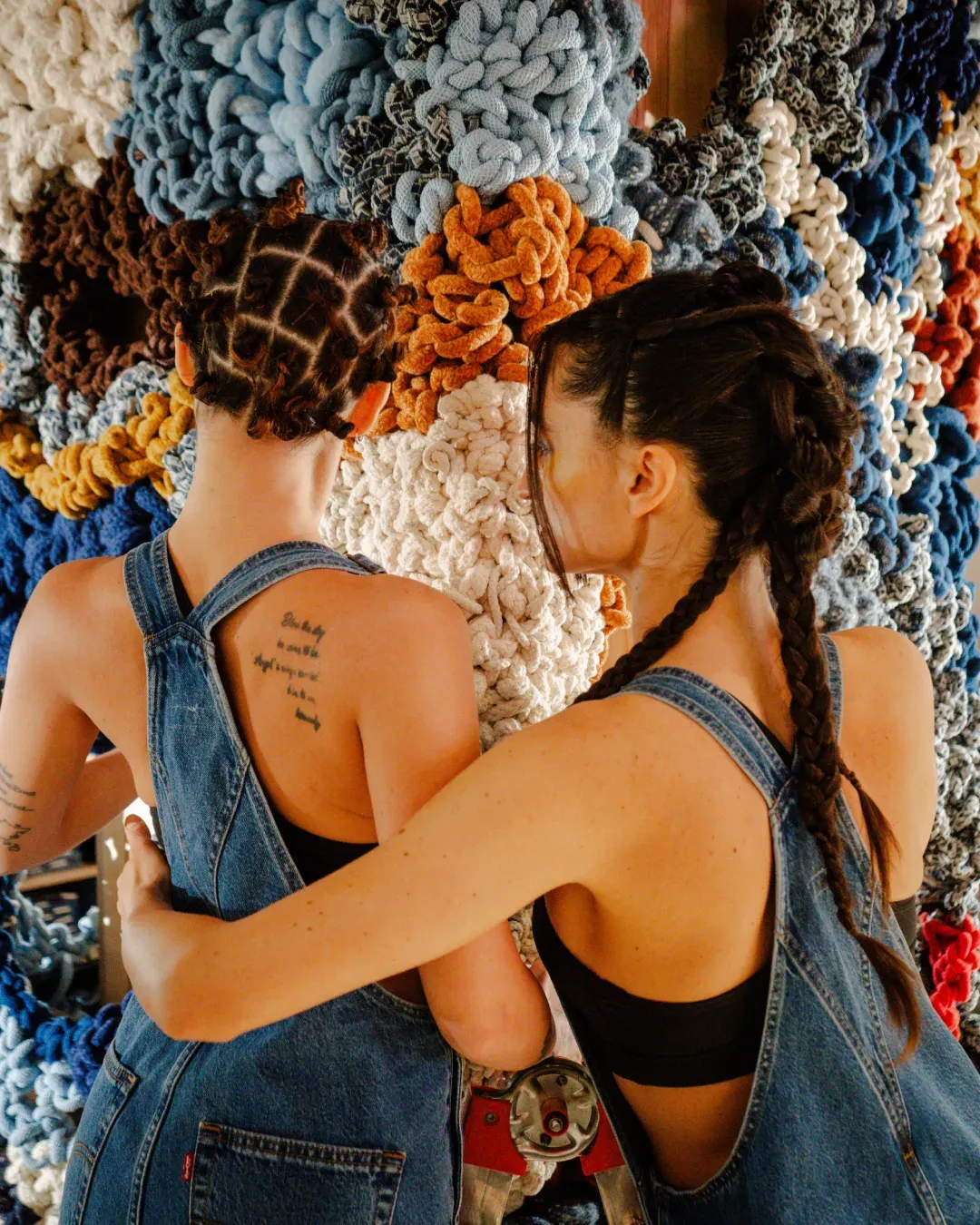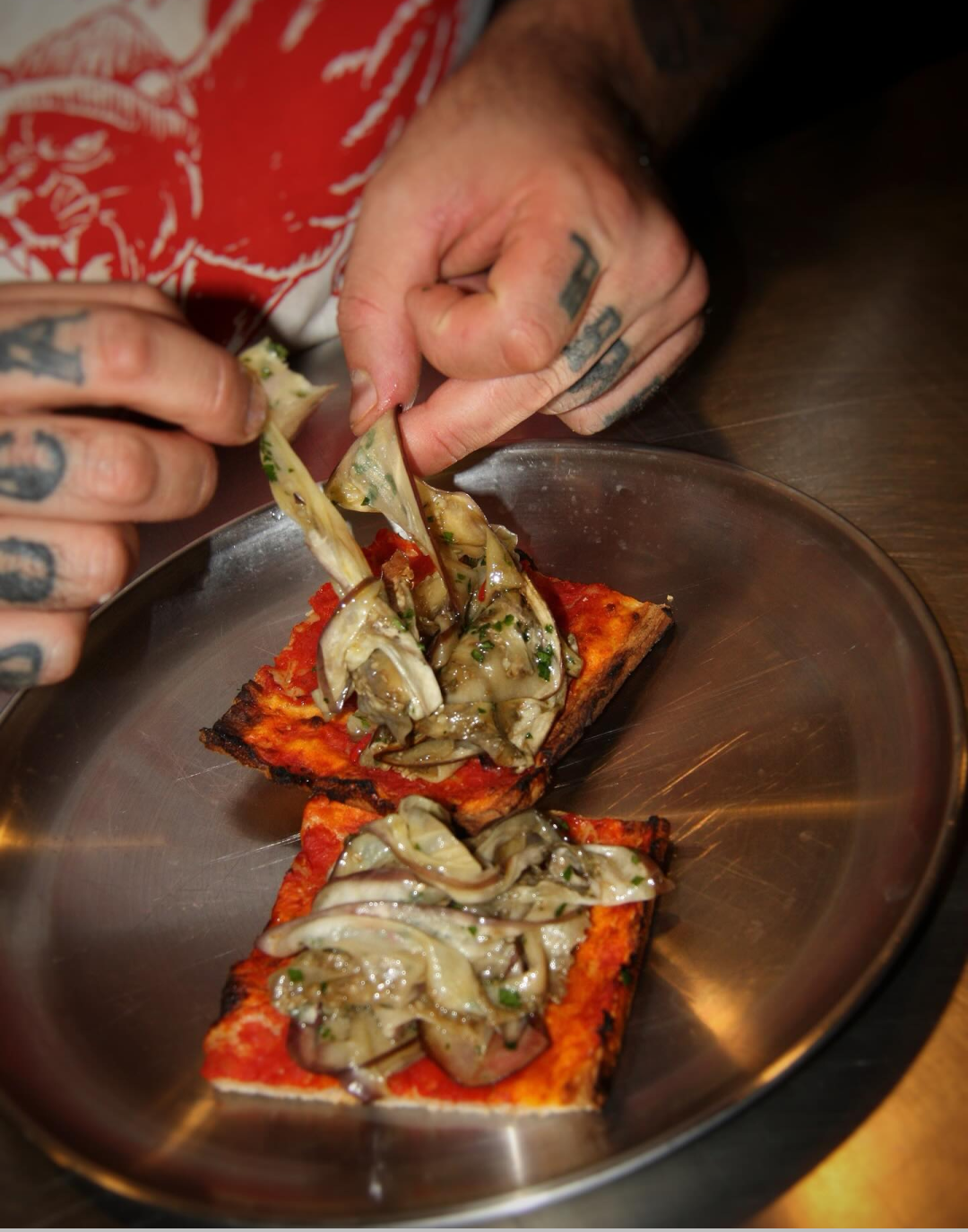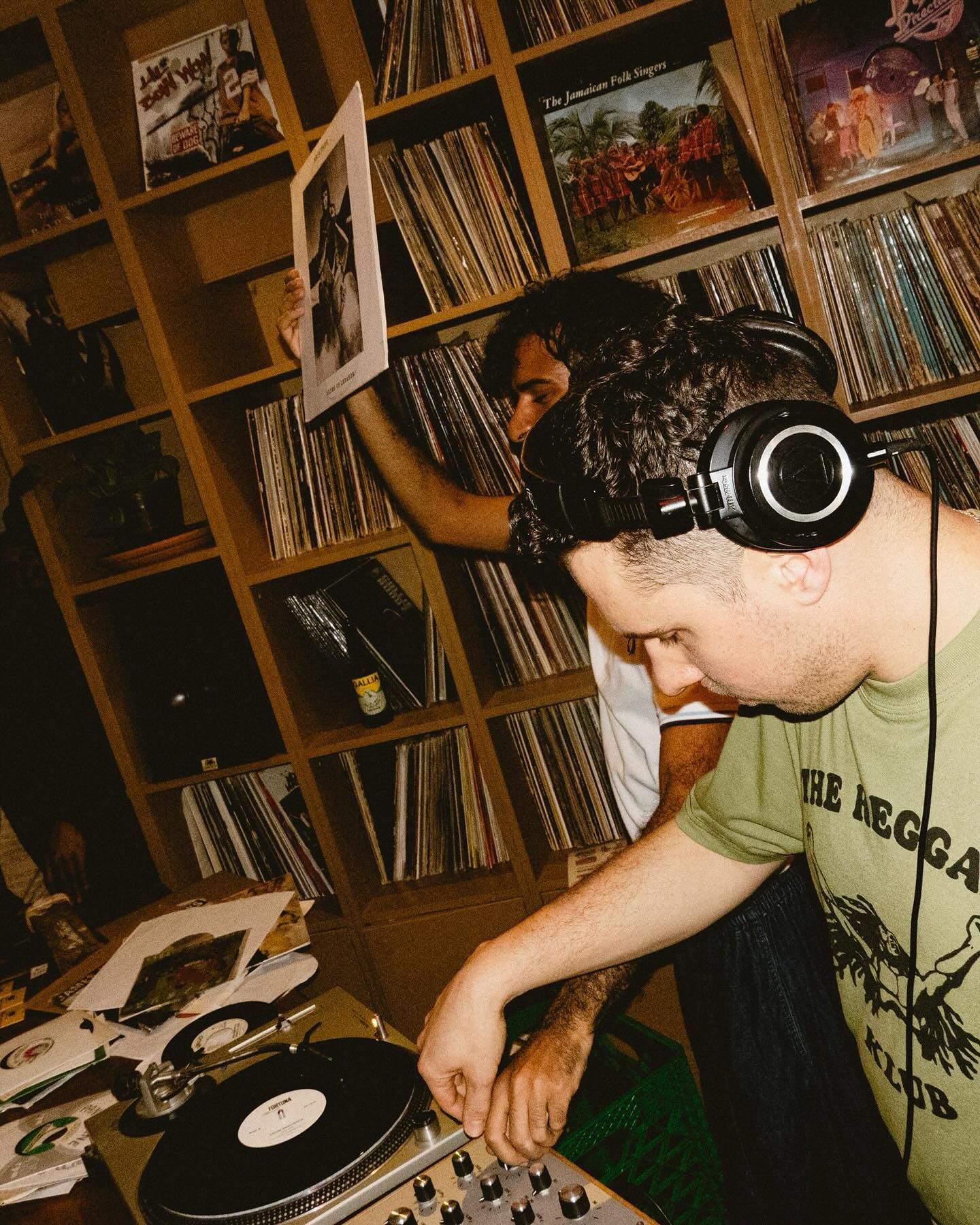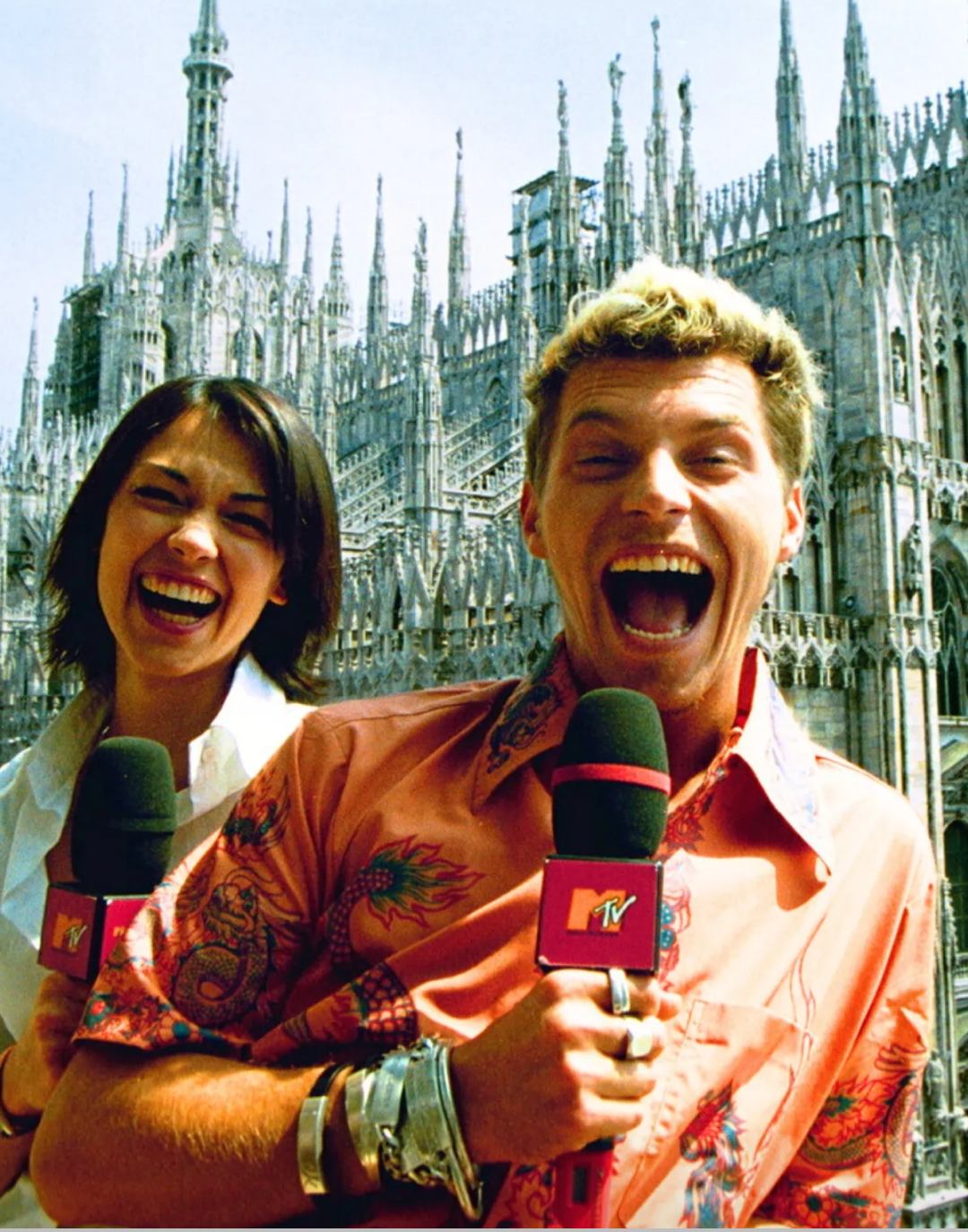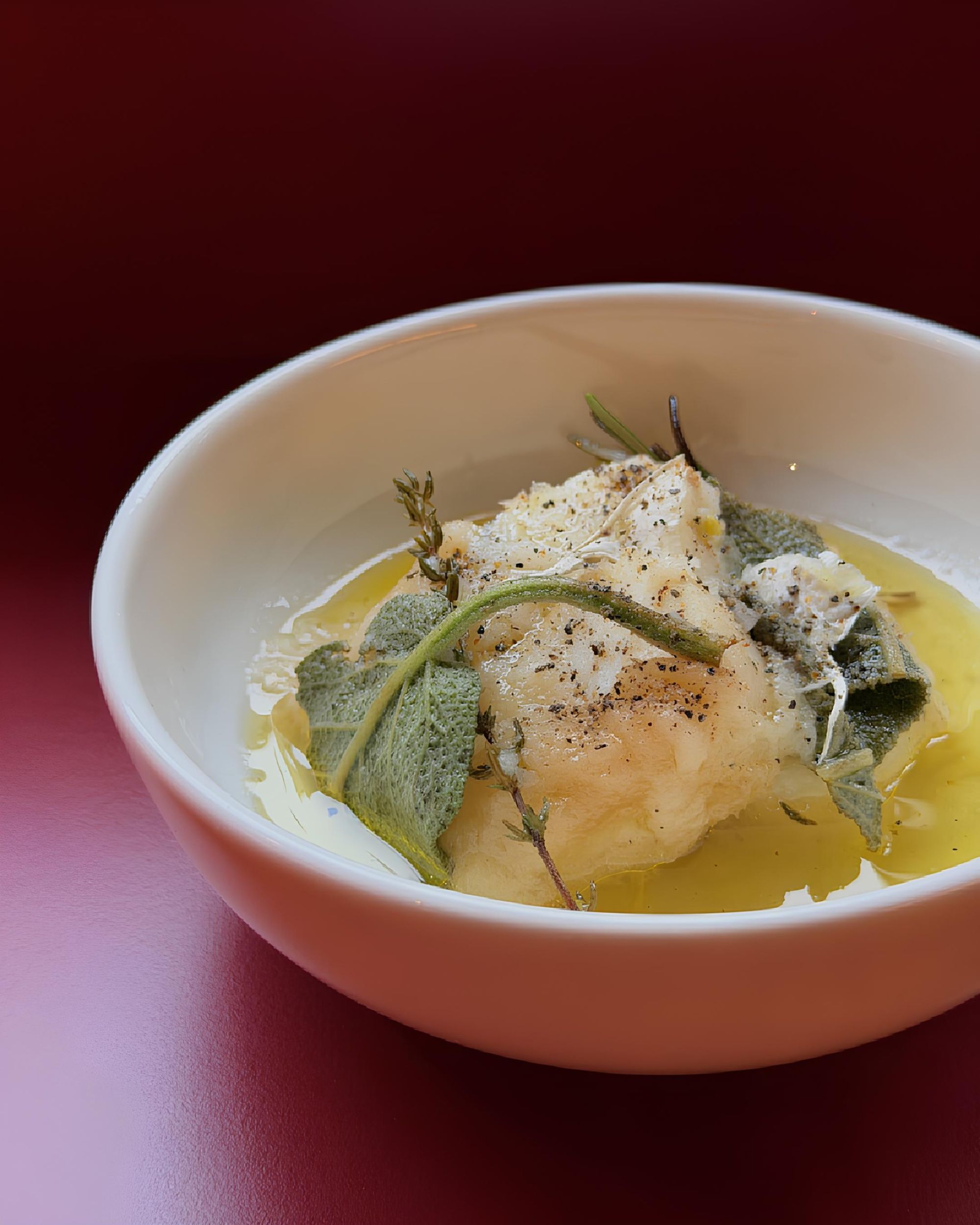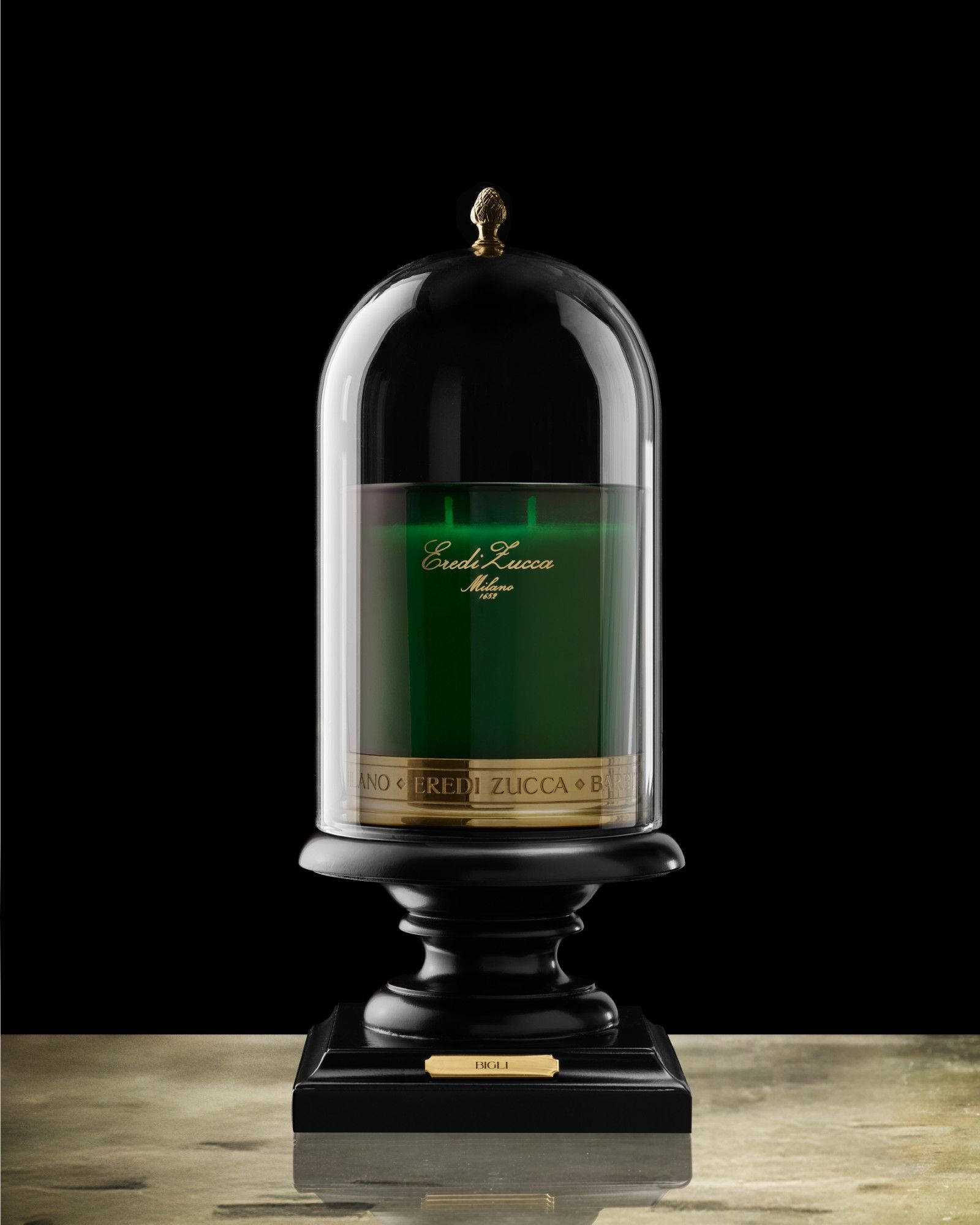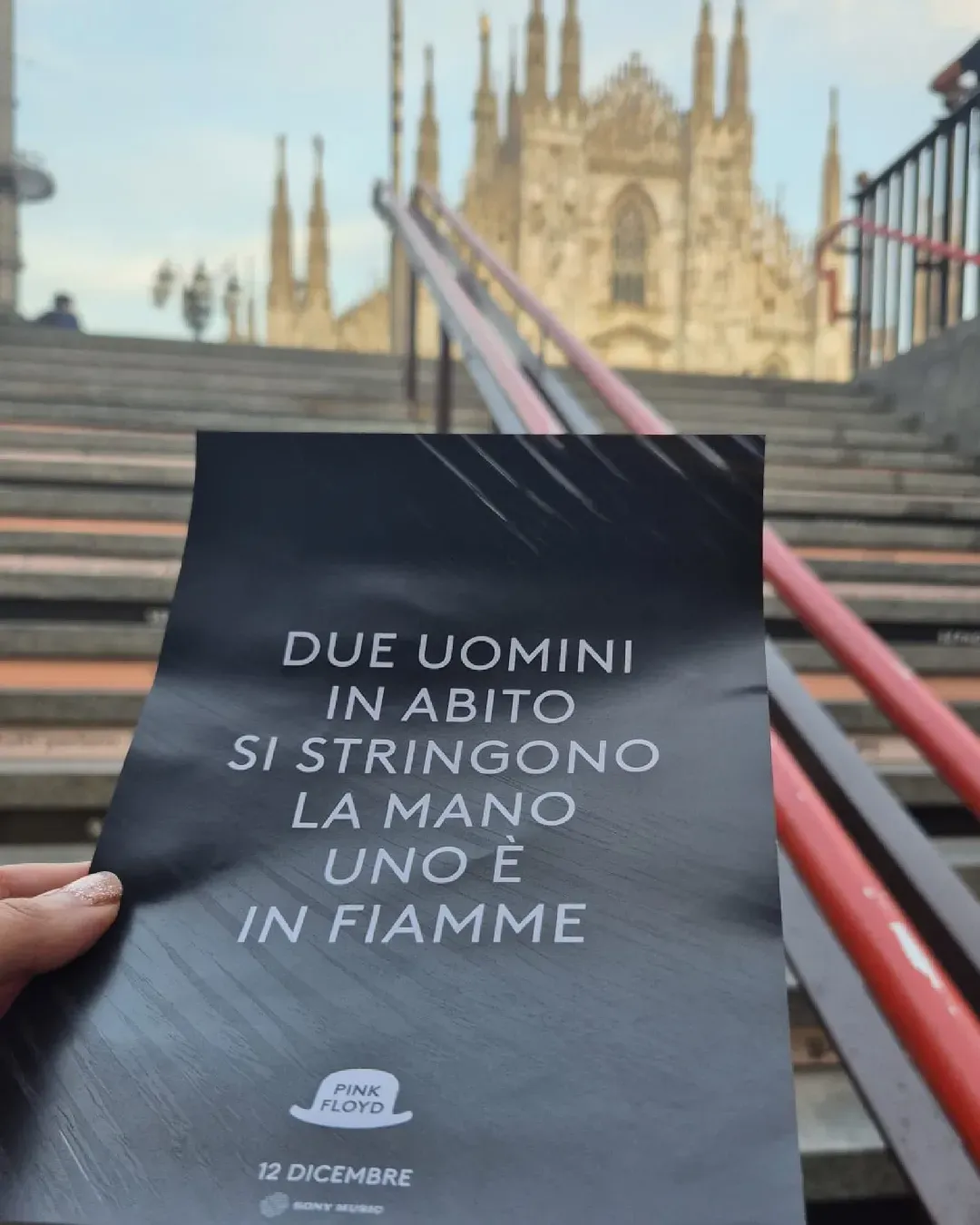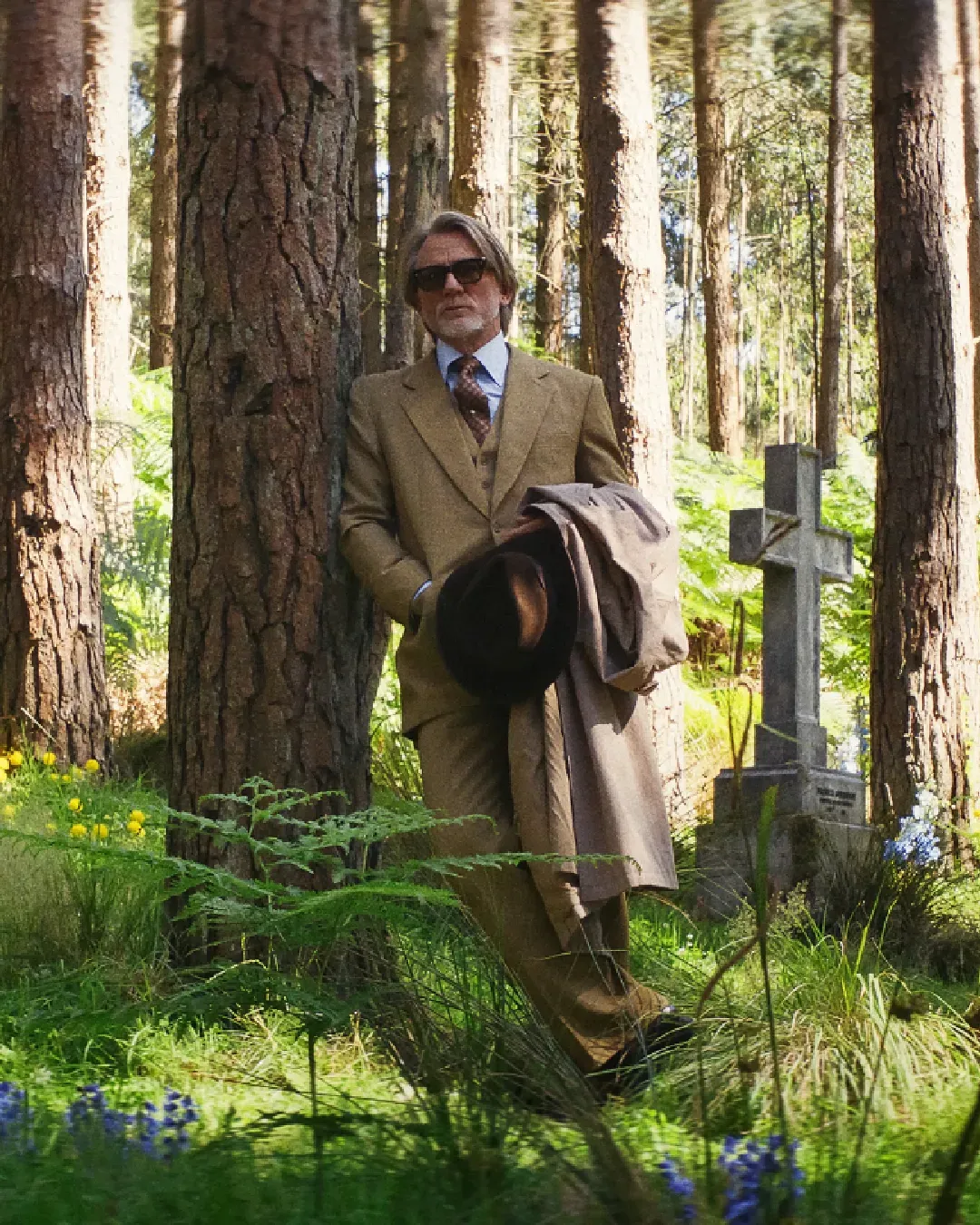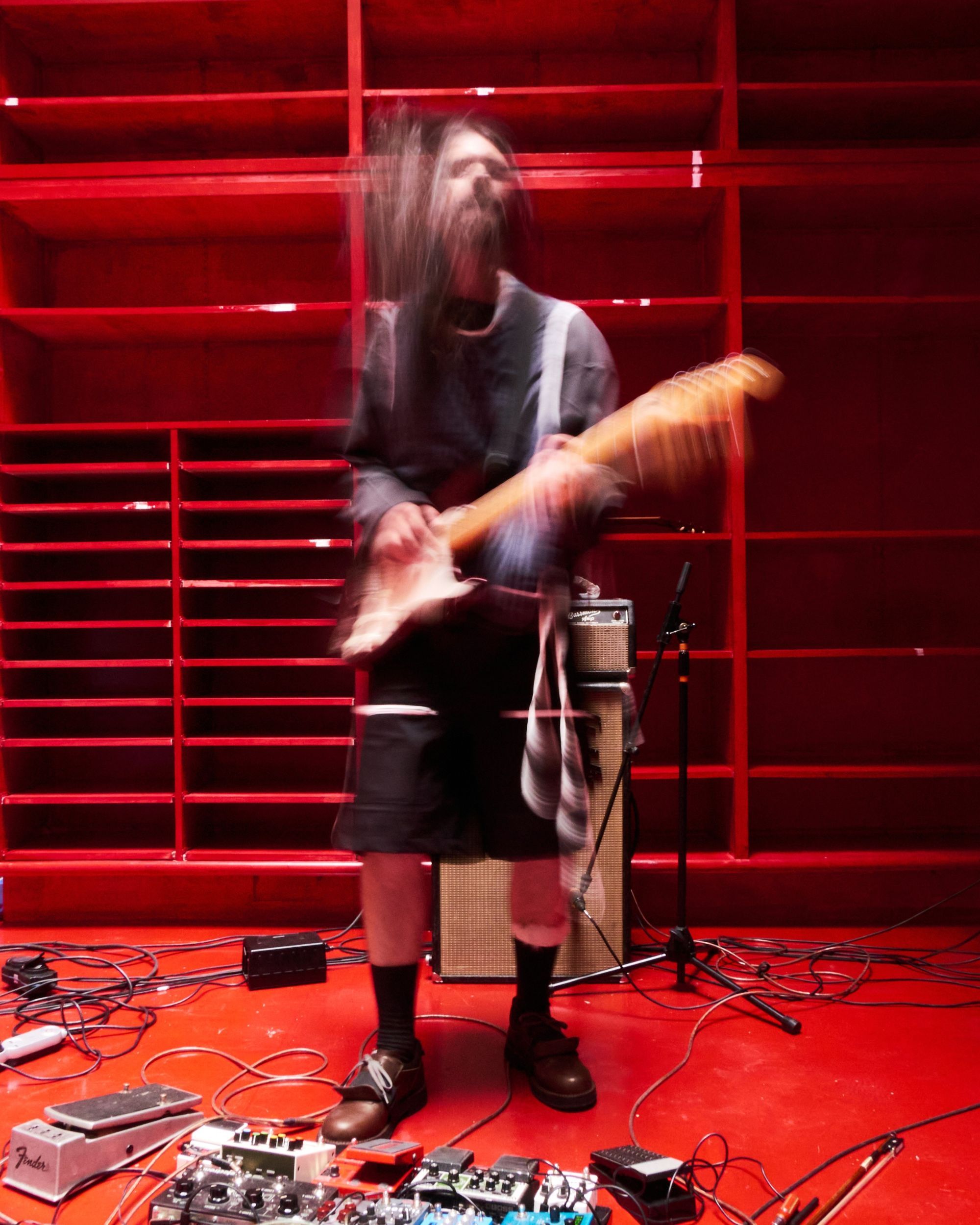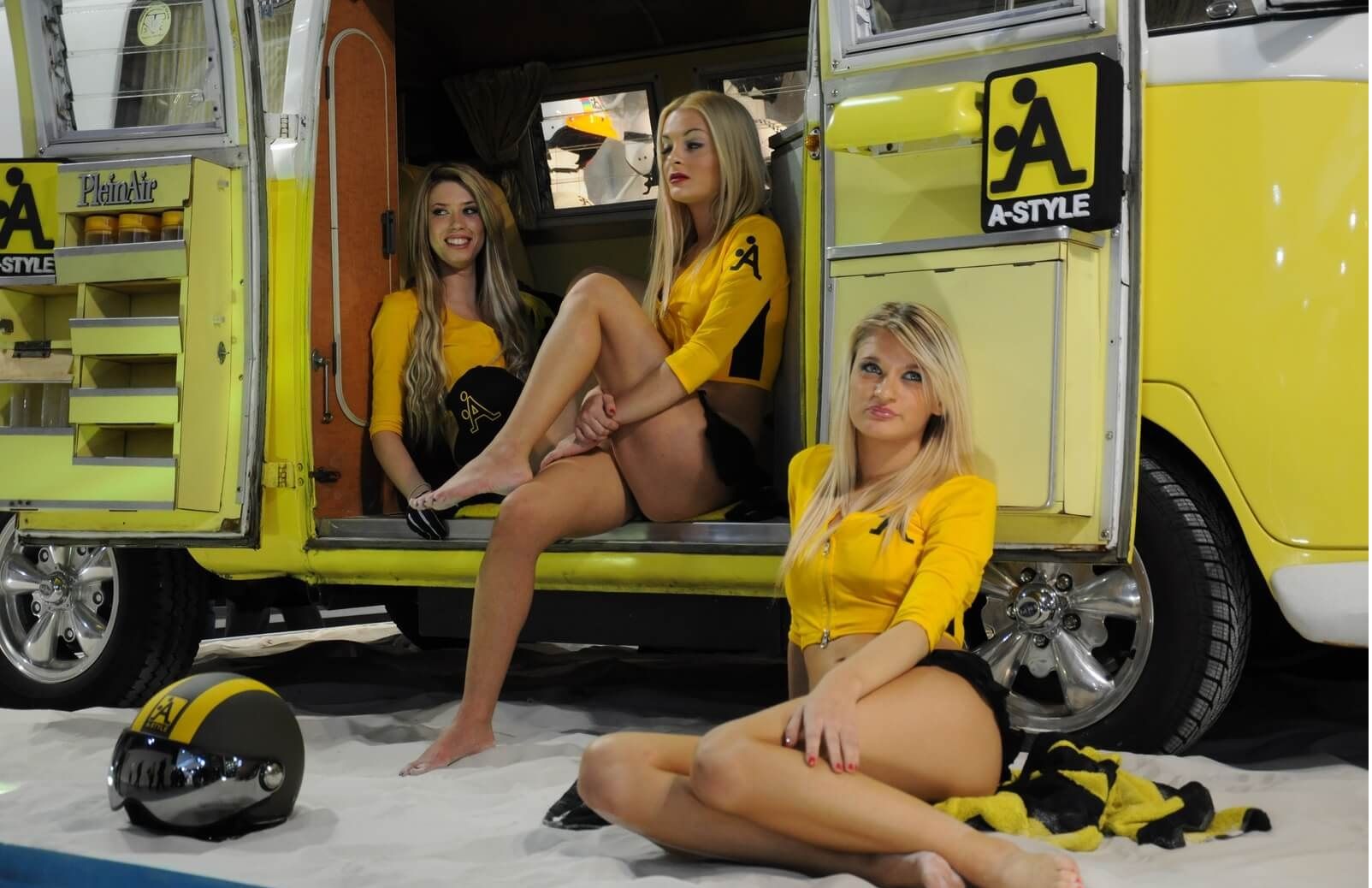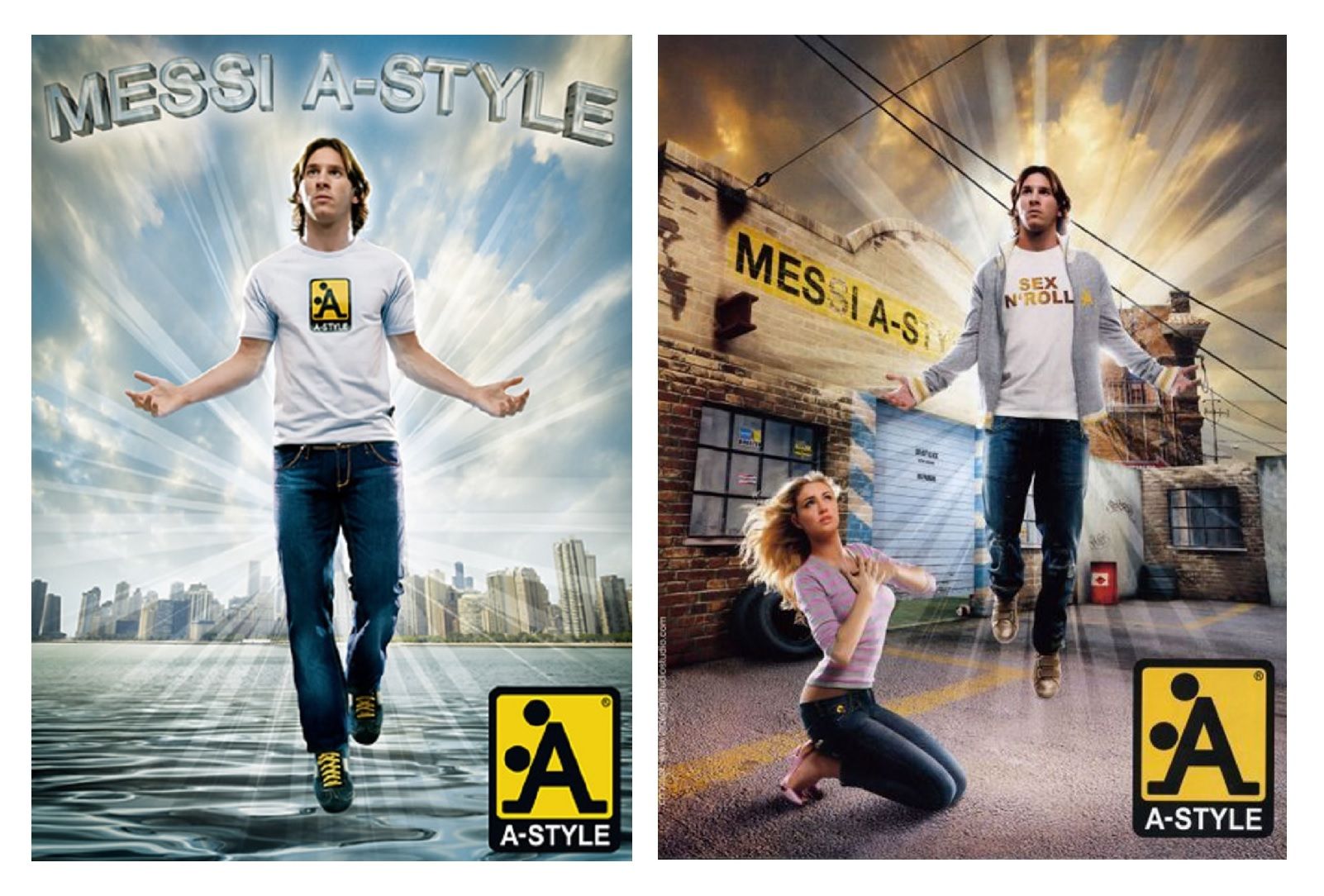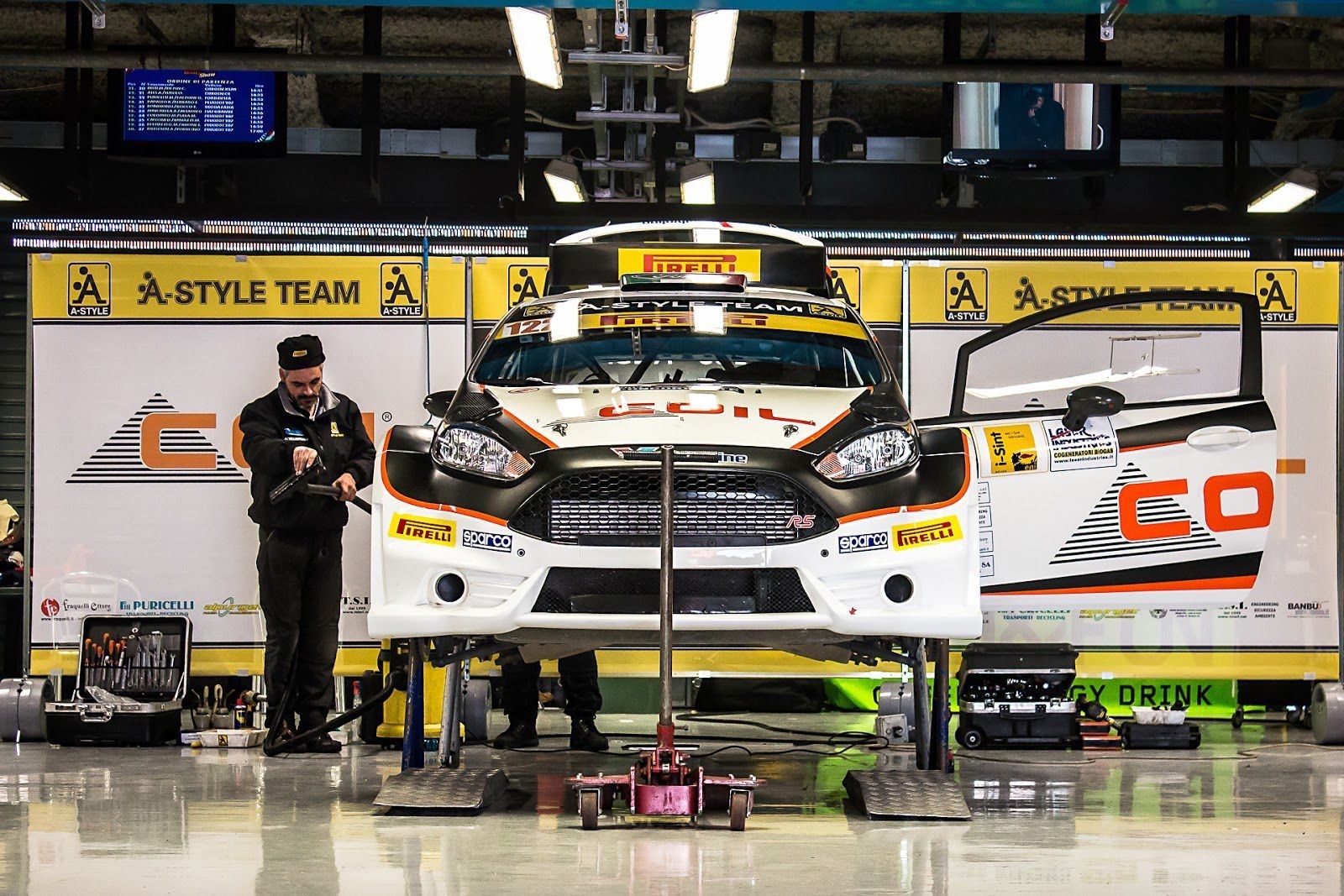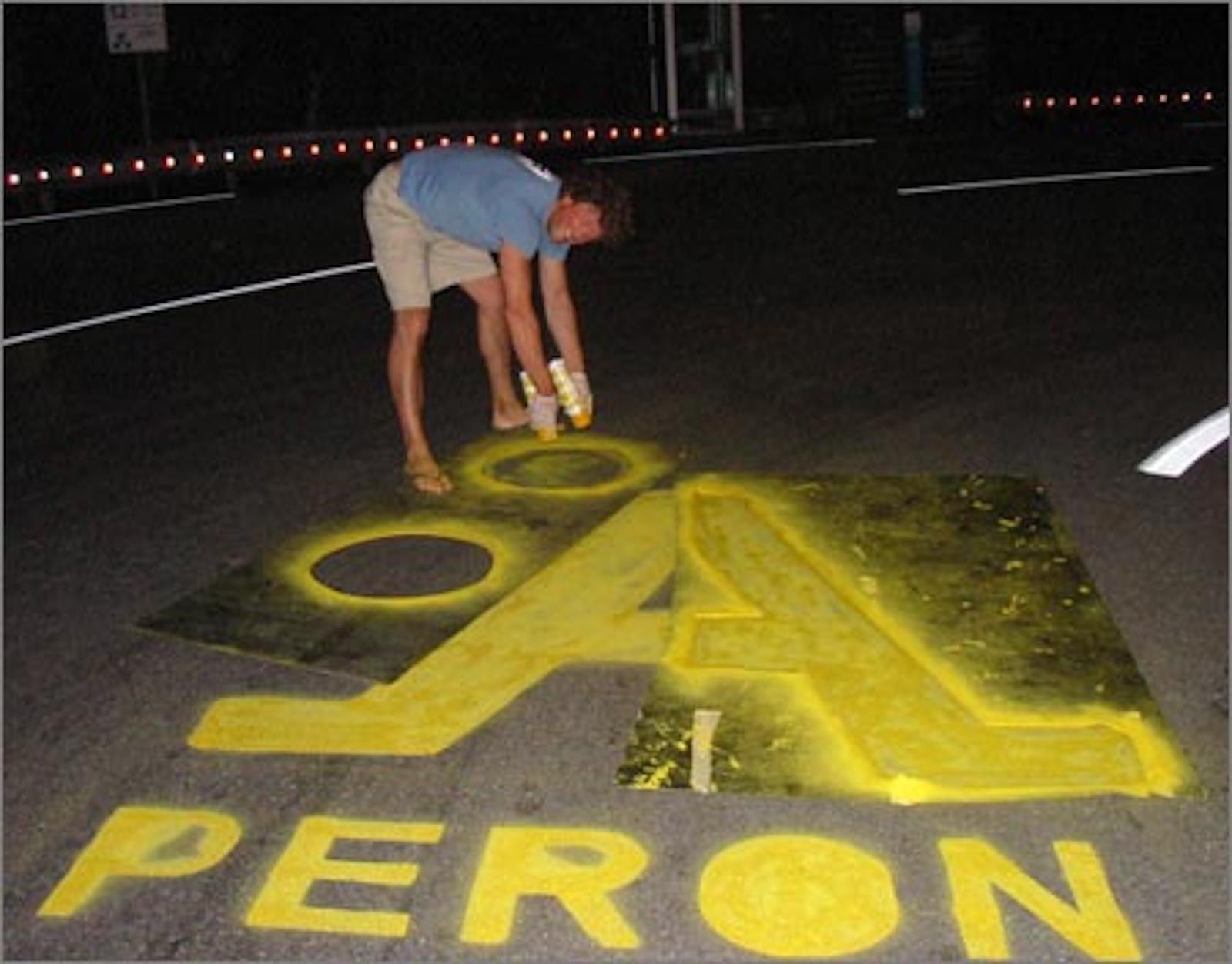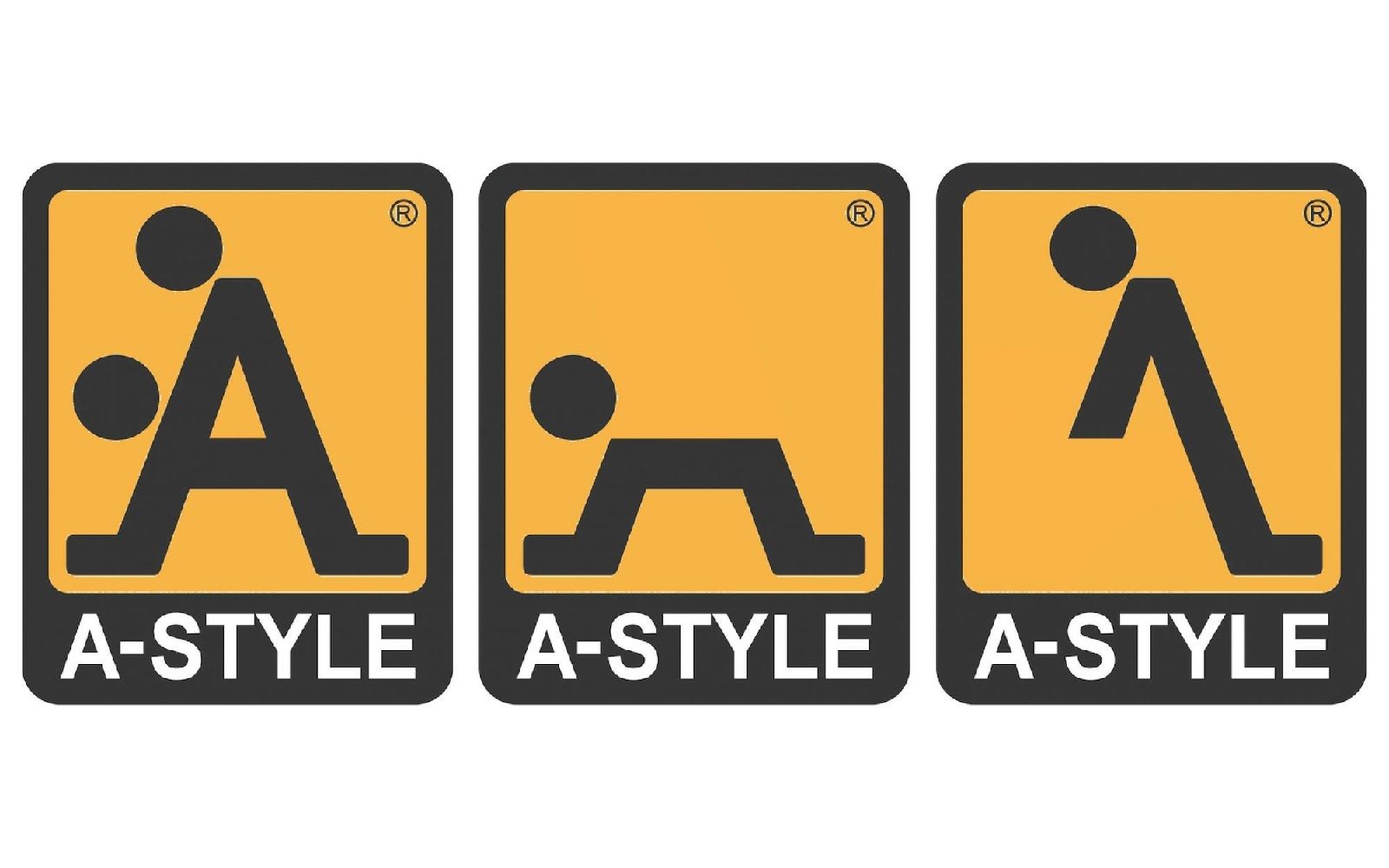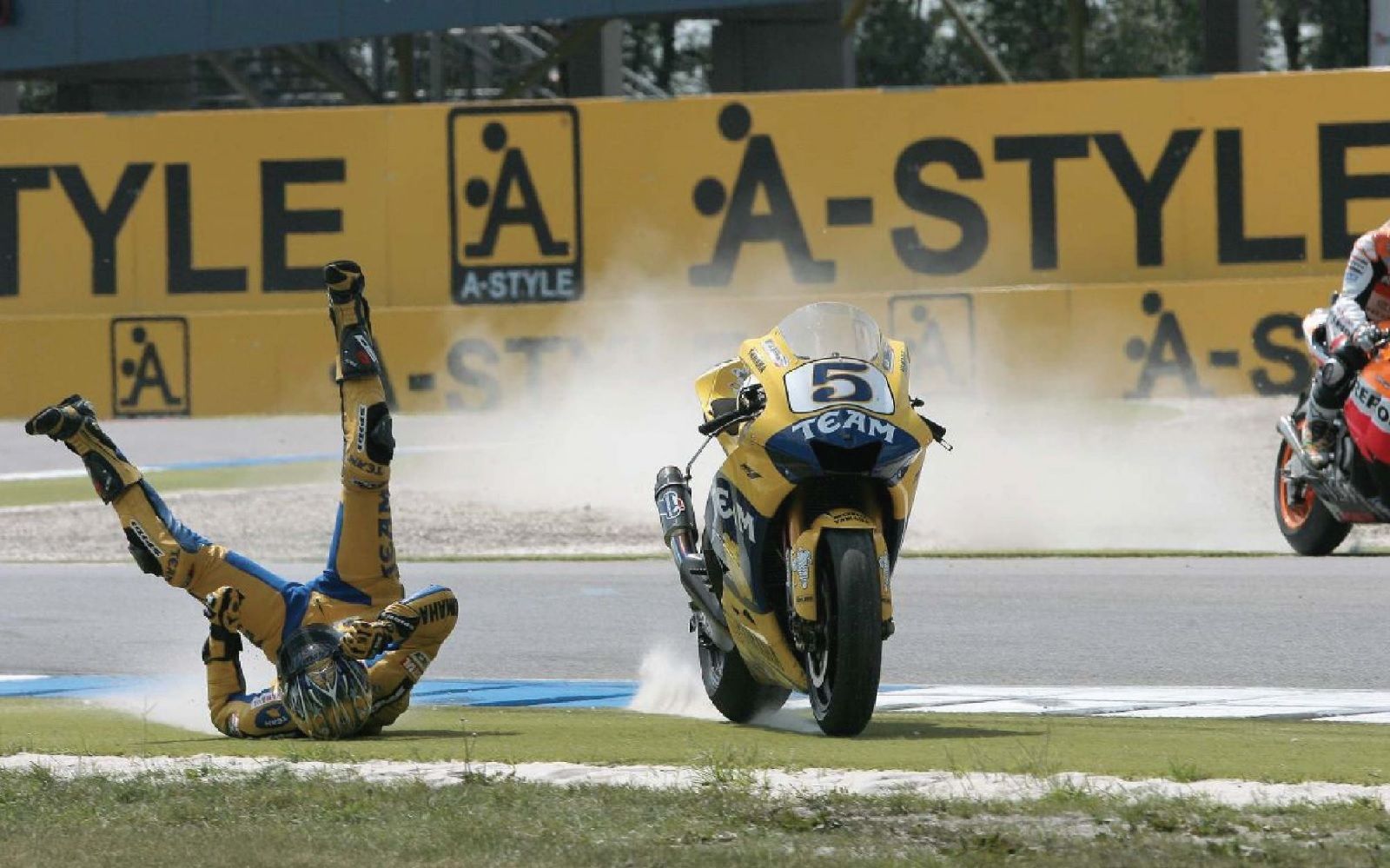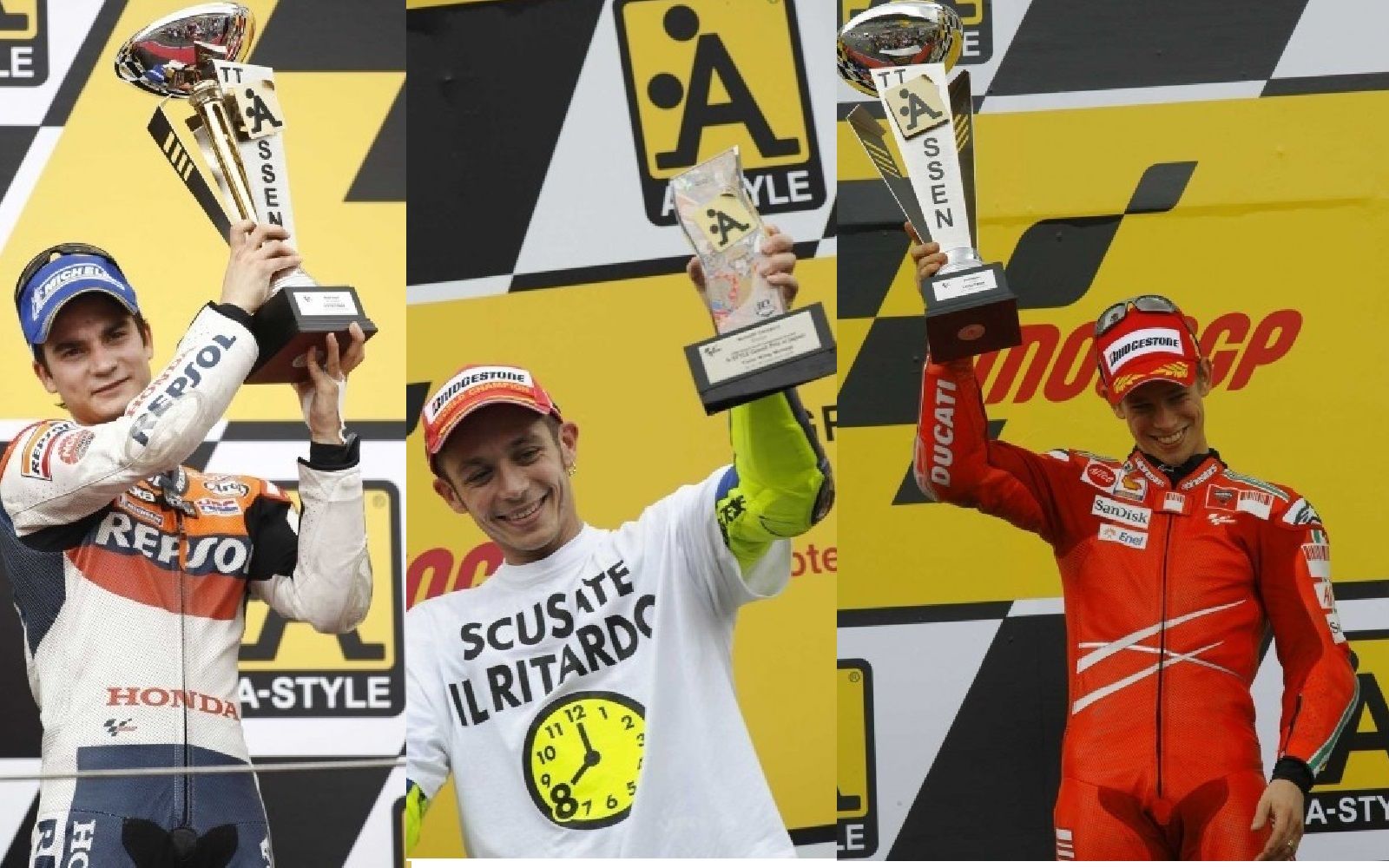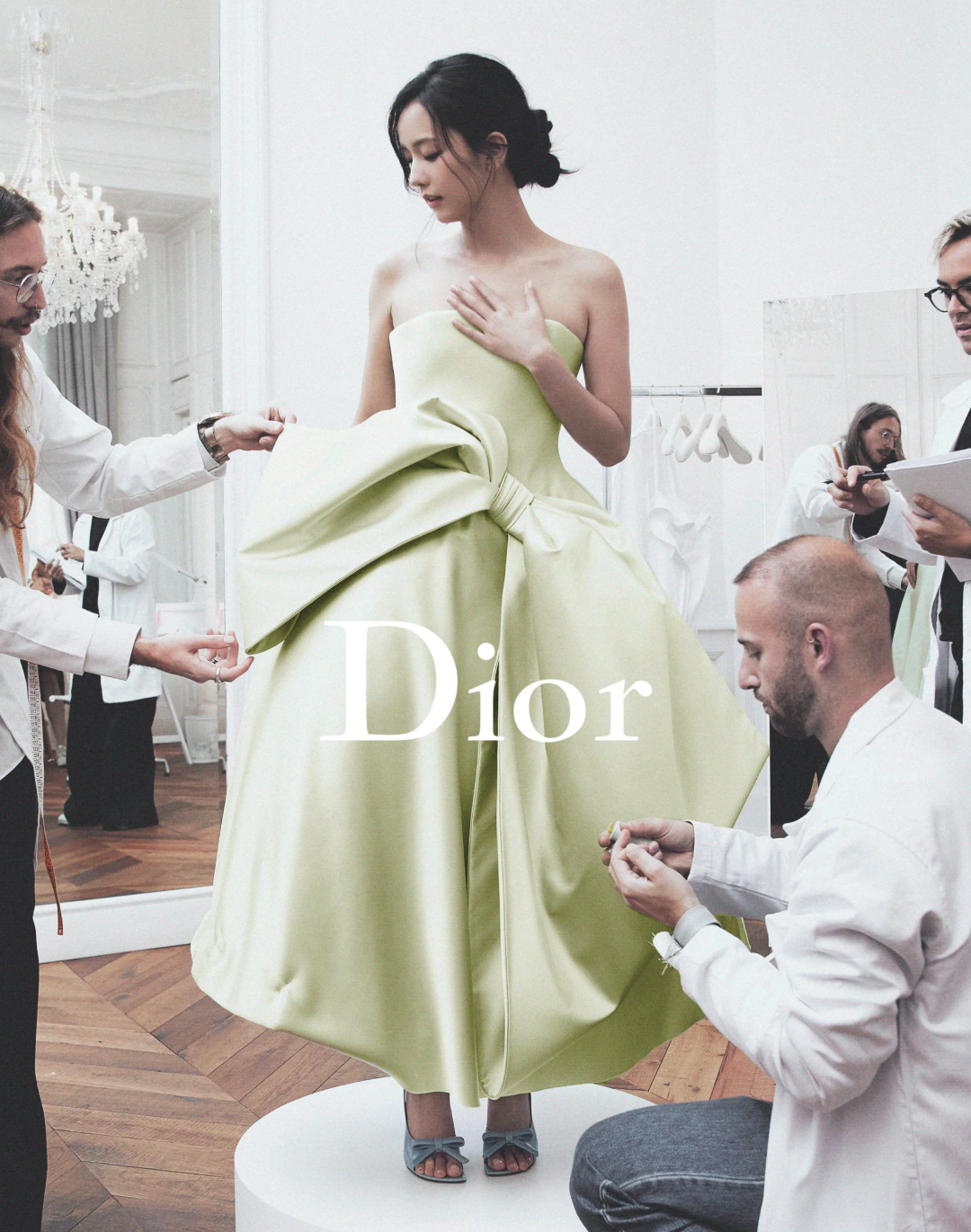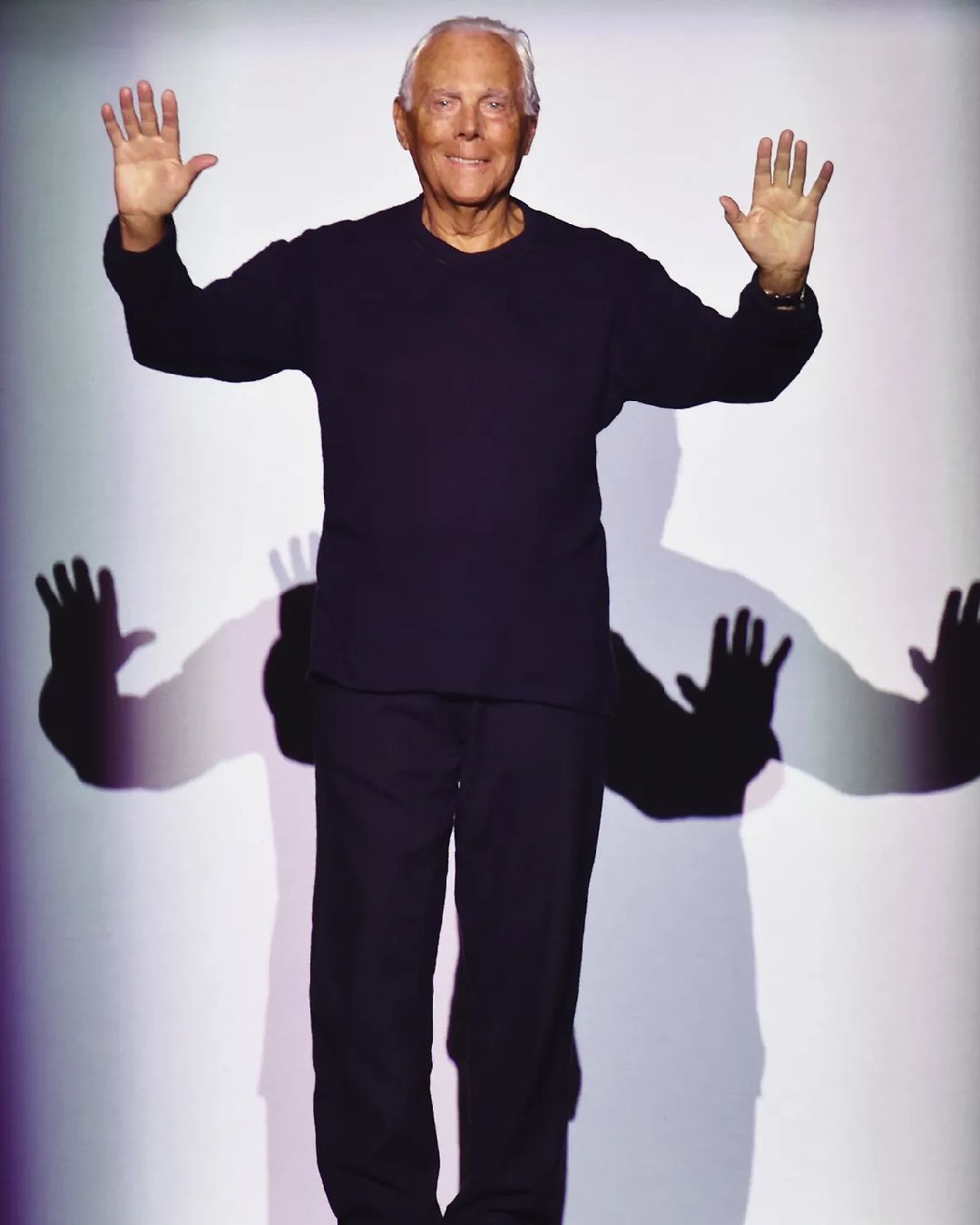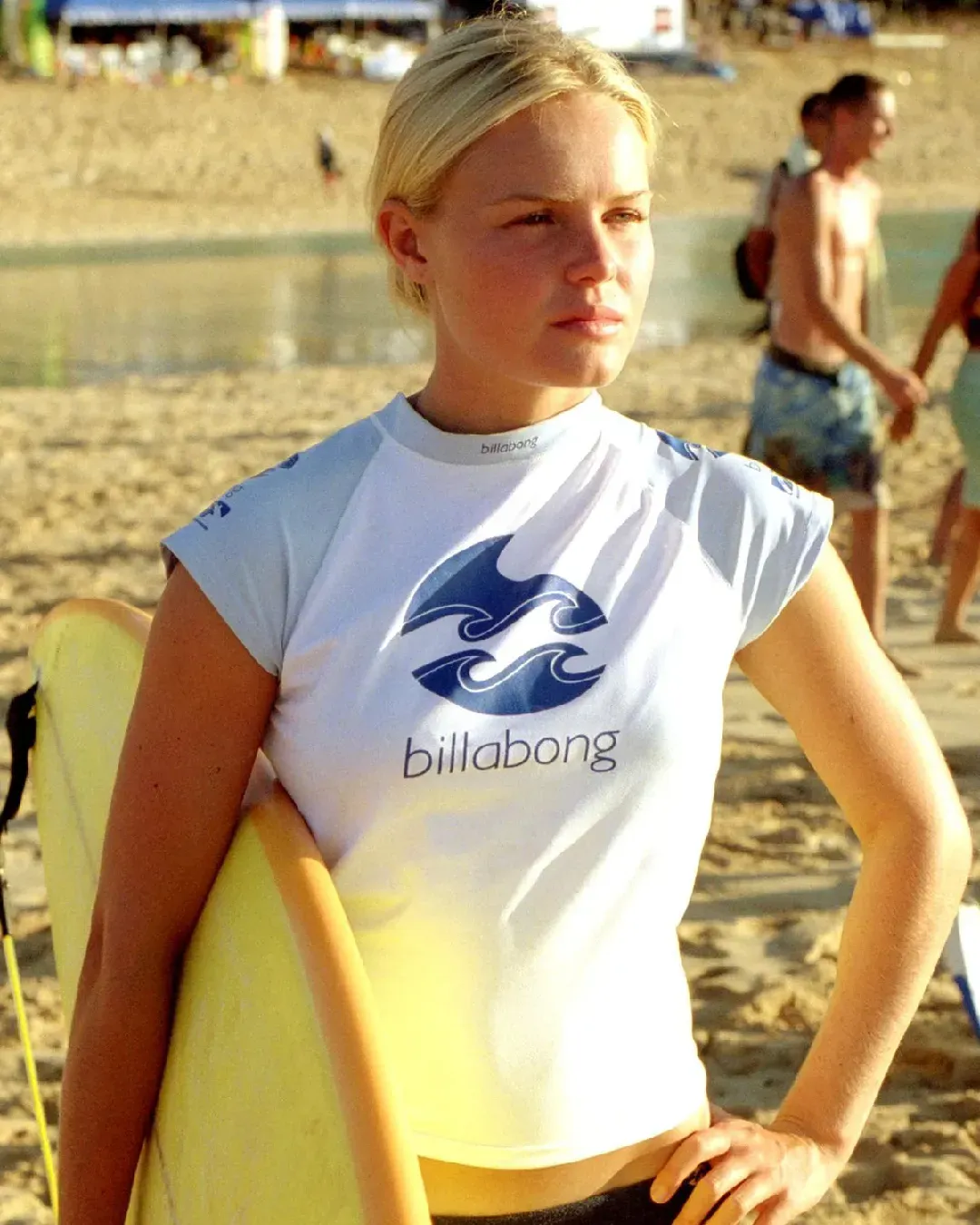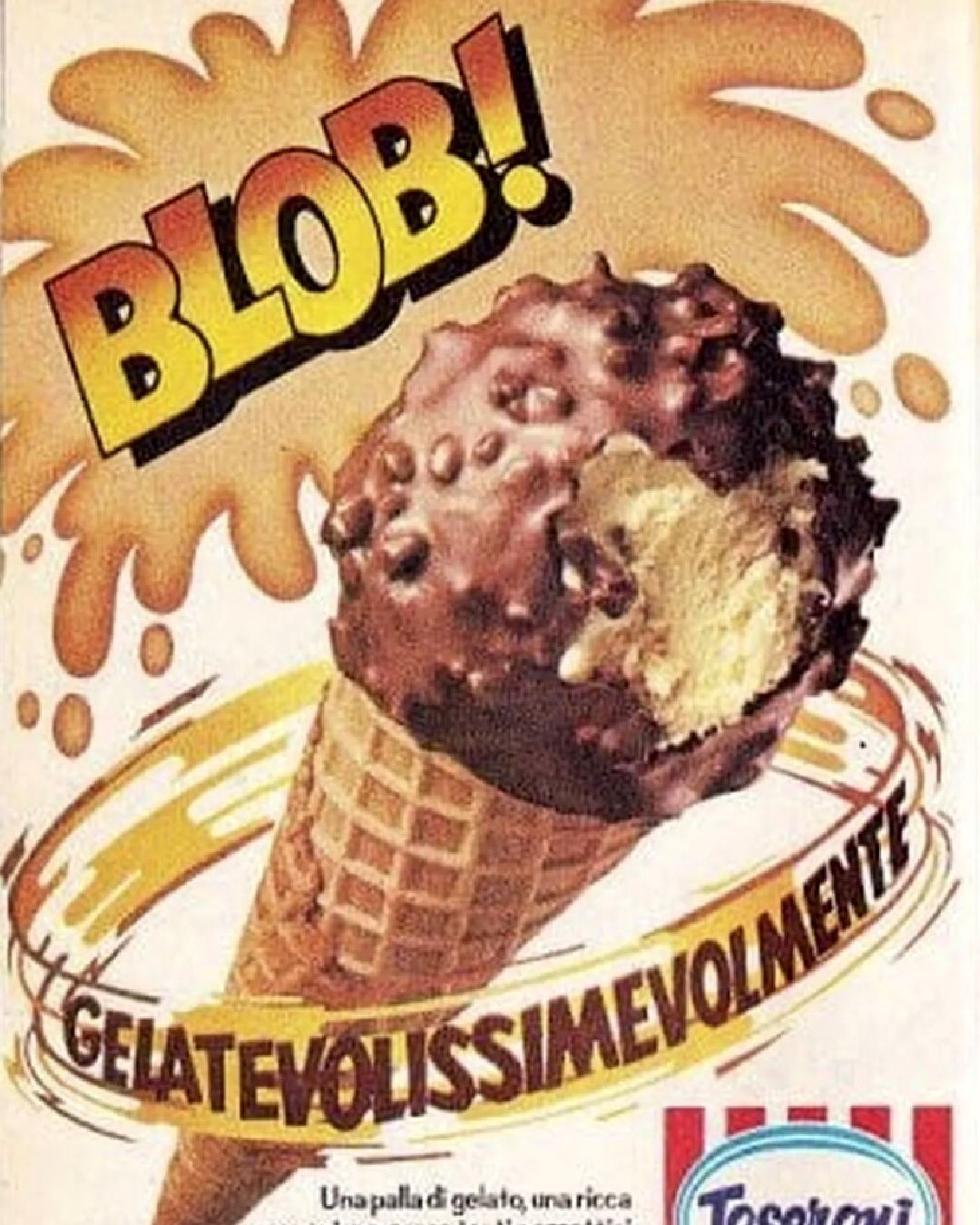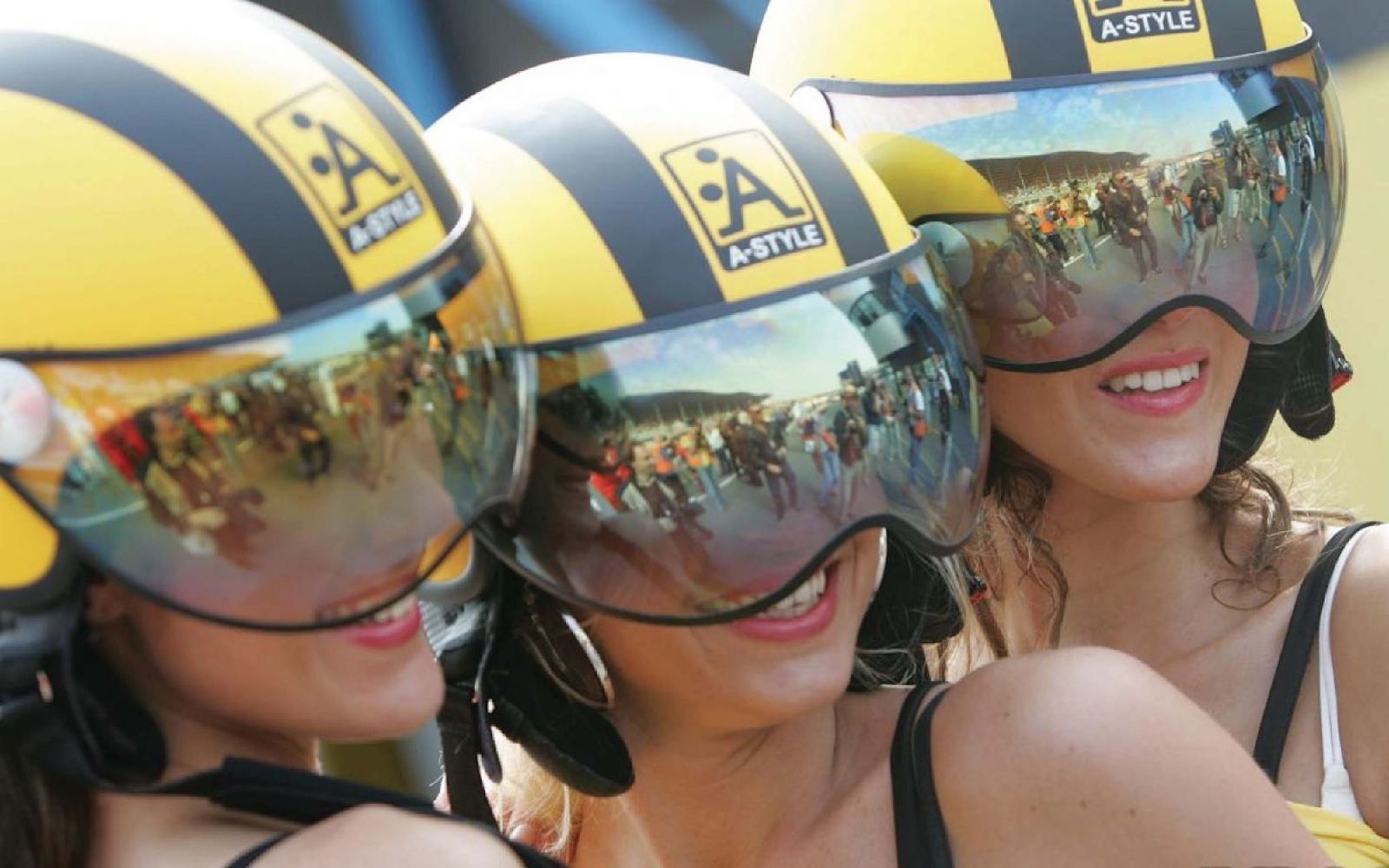
The strange case of A-Style The first unintentional example of guerrilla marketing in Italian fashion history
The history of A-Style started in 1999 when Marco Bruns, a young graphic design student, invented a logo consisting of an A and two points on the left of the letter. The apparently harmless graphic hid actually an erotic reference, and that's maybe why Bruns's friends enjoyed it some much. Bruns decides to turn it into a series of stickers to spread across Milan, sticking it on the traffic lights of the city.
Soon, those yellow and black stickers invade the city and begin to multiply in the rest of Europe, drawing the interest of the press. From La Repubblica to GQ, from Max to Il Corriere della Sera, everyone asks themselves the sense of the mysterious "A". The hype around that goliardic game between friends who love surfing and snowboarding continues to grow so much that someone suggests Bruns turn it into a brand. The Milanese creative first produced some T-shirts, which were sold in a shop in the city centre, but the demand was so high that, thanks to a partnership with Simone Sidoti, the owner of the company Fin.esse, the project evolved into a proper streetwear collection.
In the mid-2000s, all the TV celebrities and the most famous athletes such as Messi, chosen as the brand's face, wore those clothes. A-Style had a turnover of about 13 million euros and was planning to expand into France, Spain, Holland, England and Japan. The ":A" was everywhere. Nothing seemed to stop it, not even several legal problems. Although the logo had already been registered in Italy in 1991, overcoming the ban on the use of subliminal and explicit messages for commercial purposes, in 2005 the Court of Milan rejected the protection of A-Style because it was considered "contrary to public order and morality". The situation was resolved when a couple of years later the Court of Bari judged the obscene reference only possible and indirect, thus protecting Bruns from the first cases of legal fake.
The success and fame of A-Style are largely due to the innovative ideas of its founder at the time: sprinkle the spaces of Pitti Uomo 2004 with four million confetti printed with the A of the brand; sponsor various sports on the track, such as MotoGP and Rally; draw the logo on hairpin bends of the Tour de France. All operations or marketing strategies, as we would call them today, that thanks to TV caught the attention of the press all over the world.
In the end, creativity is the key to success. Also in communication. Last year, for example, I read that the Tour de France cycling race is the most popular sporting event in the world after the Olympics. So, I went near a stage of the Tour and, at night, I drew my logo in maxi version on the asphalt of the hairpin bends. The "A" with the two dots the next day was shot on TV all over the world and even the cyclist Lance Armstrong was photographed next to the giant logo.
Many people associate the history of A-Style with Supreme or Palace, streetwear brands that, born from underground subcultures, thanks to a strongly symbolic concept and innovative communication, have reached global success. Although the traits in common between these labels are real, including numerous cases of counterfeiting (in 2010 Bruns sued Fin.esse in court on the charge of having continued to produce clothing with its logo even after the end of the exclusive license), Marco Bruns, however, said that the successful evolution of his logo was accidental and thinks it is wrong to define his ideas examples of guerrilla marketing.
The ":A" as a brand, a rather uncommon example, was born long before it was related to any product. The spread through stickers dates back several years ago and the brand became known by turning stuck to cars, vans, traffic lights, etc.. without any economic purpose. Until a few months ago I didn't know what guerrilla marketing was and, to be honest, I didn't even intend to make a product with that simple but powerful ":A". No strategies, no marketing plans, no budget, but a lot of ideas. I'm not saying that I was the first to put stickers on traffic lights but maybe I'm among the few to have put under the eyes of many a brand representing naked and raw sex without offending and annoying anyone.
Even in the years of the boom, Bruns preferred to talk about "artistic movement" or "street art", as we read in a 2002 post:
The strength of A-style, I think, lies in the brand itself, in the movement and in the freedom it communicates. Those who, aware, know these things, trust in A-style and identify with it. I'm satisfied with how I proposed my ":A" and how it was accepted; the next step, the creation of A-style clothing, was a natural evolution of the brand's diffusion. Don't talk to me about the exploitation of street art or whatever. A-style does not exploit anyone because it was born in the street, more precisely in Milan, more precisely at the traffic light under my house and even more precisely by my own hand.
As happened to other Italian brands at the height of their popularity in the early 2000s, popularity gained as fast as it was then lost, from Sweet Years to Guru, the appeal of A-style has gradually vanished. As a result of the change in the aesthetic taste of the new generation, the items with the ":A" have been forgotten, left in the forgotten pages of Amazon.

